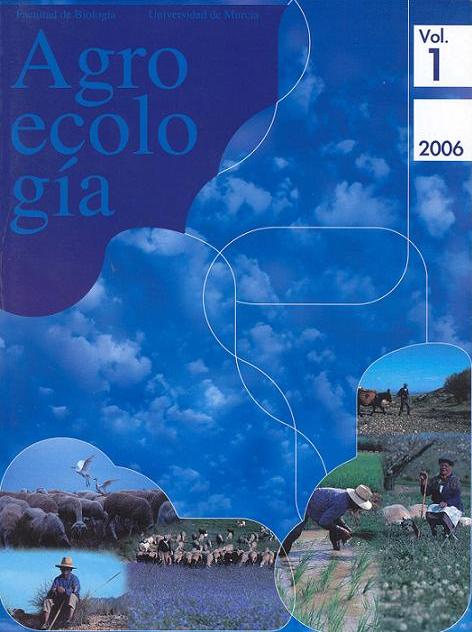AN AGROECOLOGICAL BASIS TO DESIGN AND IMPLEMENT A HABITAT MANAGEMENT STRATEGY TO ENHANCE BIOLOGICAL CONTROL IN AGROECOSYSTEMS
Abstract
Since the onset of agricultural modernization, farmers and researchers have been faced with a main ecological dilemma arising from the homogenization of agricultural systems: an increased vulnerability of crops to insect pests and diseases, which can be devastating when infesting uniform crop, large scale monocultures. This paper explores practical steps to break the monoculture and thus reduce their ecological vulnerability, by restoring agricultural biodiversity at the field and landscape level. The most obvious advantage of diversifi cation is enhanced environmental opportunities, thus enhancing biological pest control. The paper focuses on ways in which biodiversity can contribute to the design of pest-stable agroecosystems by creating an appropriate ecological infrastructure within and around cropping systems. Selected studies reporting the effects of intercropping, cover cropping, weed management, agroforestry and manipulation of crop-fi eld border vegetation on insect pests and associated natural enemies, paying special attention to understanding the mechanisms underlying pest reduction in diversifi ed agroecosystems. This refl ection is fundamental if habitat management through vegetation diversifi cation is to be used effectively as the basis of Ecologically Based Pest Management (EBPM) tactics in sustainable agriculture.Downloads
Las obras que se publican en esta revista están sujetas a los siguientes términos:
1. El Servicio de Publicaciones de la Universidad de Murcia (la editorial) conserva los derechos patrimoniales (copyright) de las obras publicadas, y favorece y permite la reutilización de las mismas bajo la licencia de uso indicada en el punto 2.
2. Las obras se publican en la edición electrónica de la revista bajo una licencia Creative Commons Reconocimiento-NoComercial-SinObraDerivada 3.0 España (texto legal). Se pueden copiar, usar, difundir, transmitir y exponer públicamente, siempre que: i) se cite la autoría y la fuente original de su publicación (revista, editorial y URL de la obra); ii) no se usen para fines comerciales; iii) se mencione la existencia y especificaciones de esta licencia de uso.
3. Condiciones de auto-archivo. Se permite y se anima a los autores a difundir electrónicamente las versiones pre-print (versión antes de ser evaluada) y/o post-print (versión evaluada y aceptada para su publicación) de sus obras antes de su publicación, ya que favorece su circulación y difusión más temprana y con ello un posible aumento en su citación y alcance entre la comunidad académica. Color RoMEO: verde.





